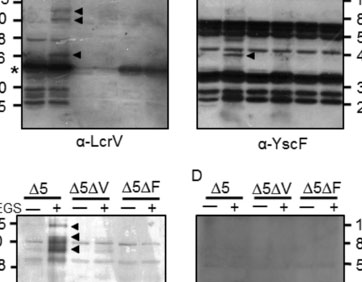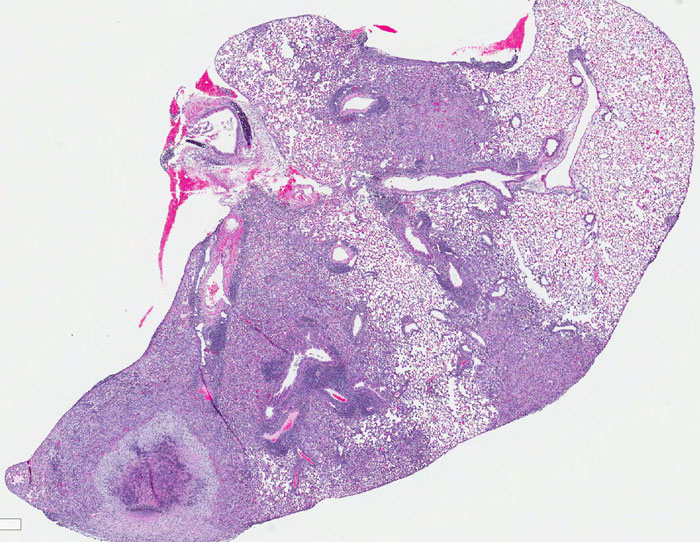Partial Oral Therapy for Osteomyelitis and Endocarditis – Is It Time?
Jan, 2019
Helen W. Boucher, M.D.
New England Journal of Medicine, 2019 Jan 31;380(5):487-489. doi: 10.1056/NEJMe1817264.PMID: 30699312
Introduction:
Antimicrobial resistance threatens health and global security, with an estimated 162,000 deaths per year in the United States caused by multidrug-resistant infections.1 Surveillance and stewardship through the use of narrow-spectrum therapy, shorter durations of therapy, and oral rather than parenteral therapy, as well as the development of new medicines and diagnostics and improvements in infection prevention through a “One Health” approach — with connections among human patients, animals, and the environment taken into account — are key strategies for combating antimicrobial resistance.2,3 Osteomyelitis and infective endocarditis are heterogeneous infections, often involving prosthetic devices. Care provided by infectious-diseases physicians, orthopedic surgeons, . . .




